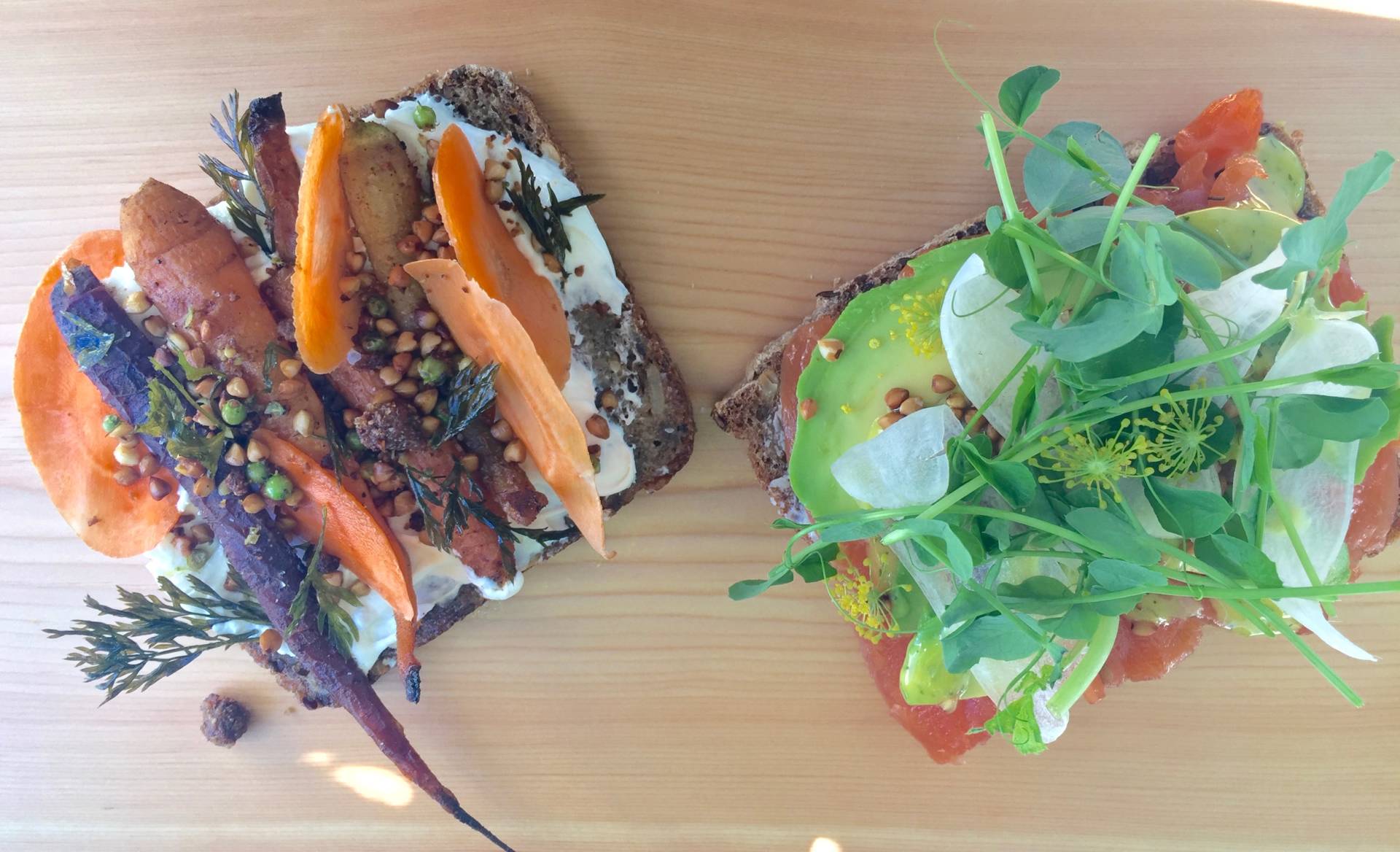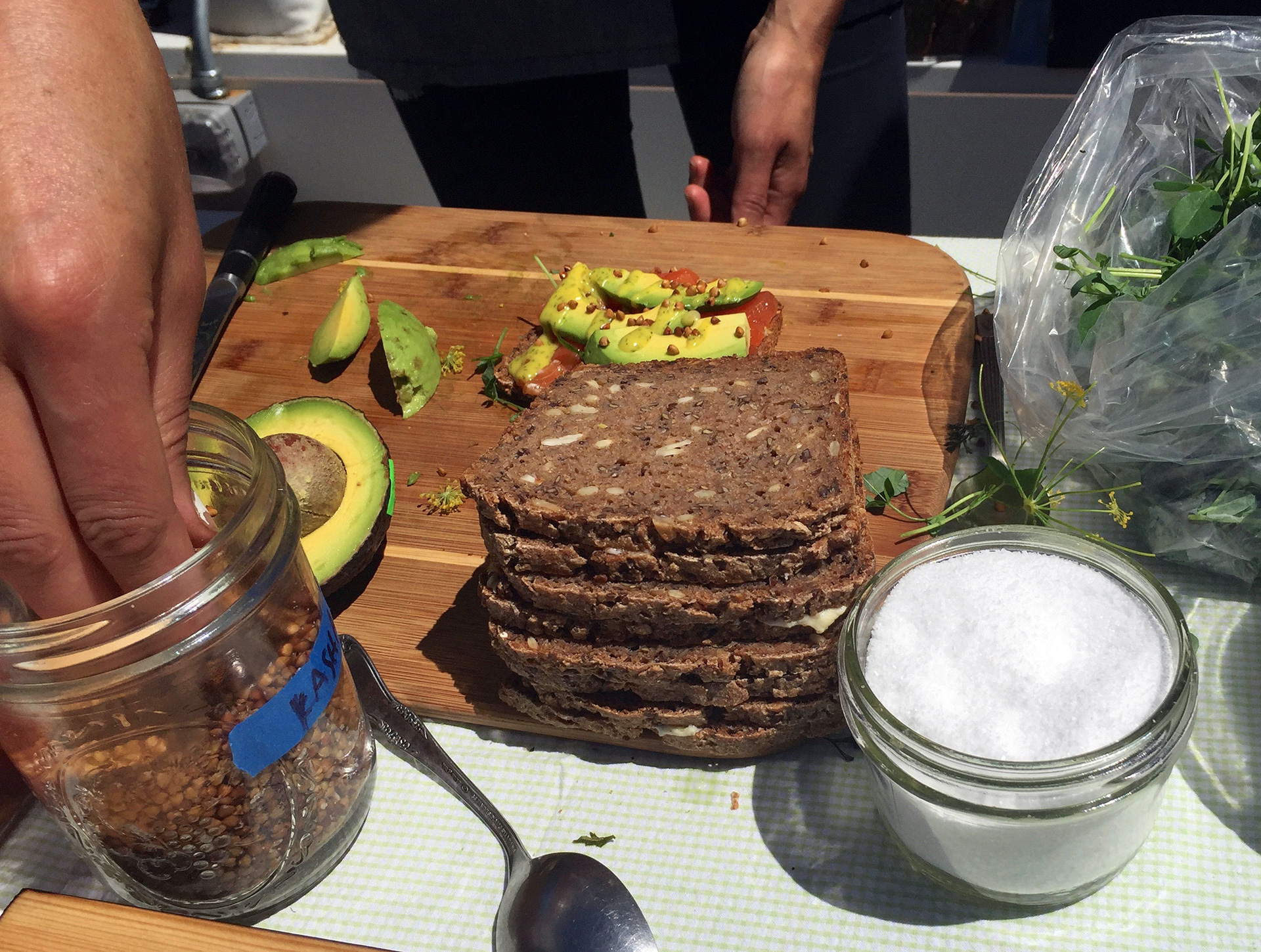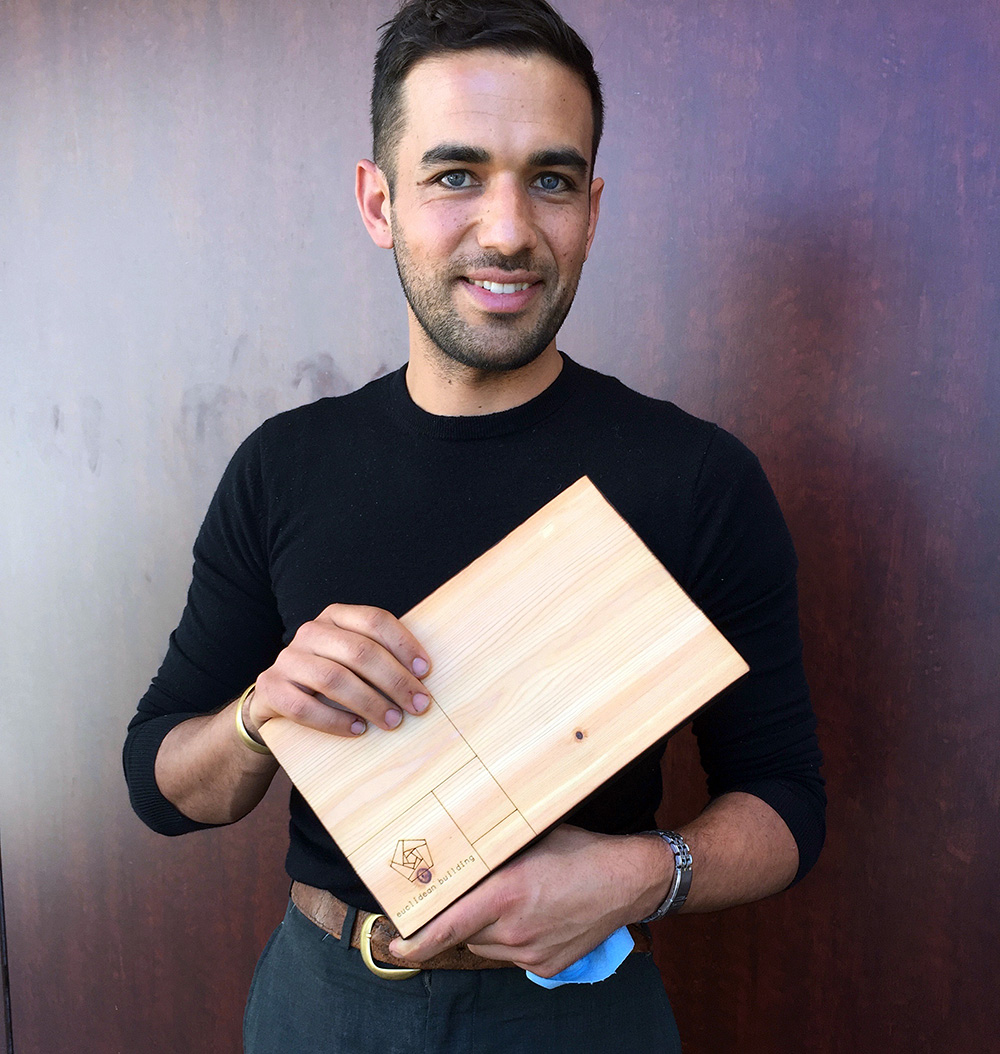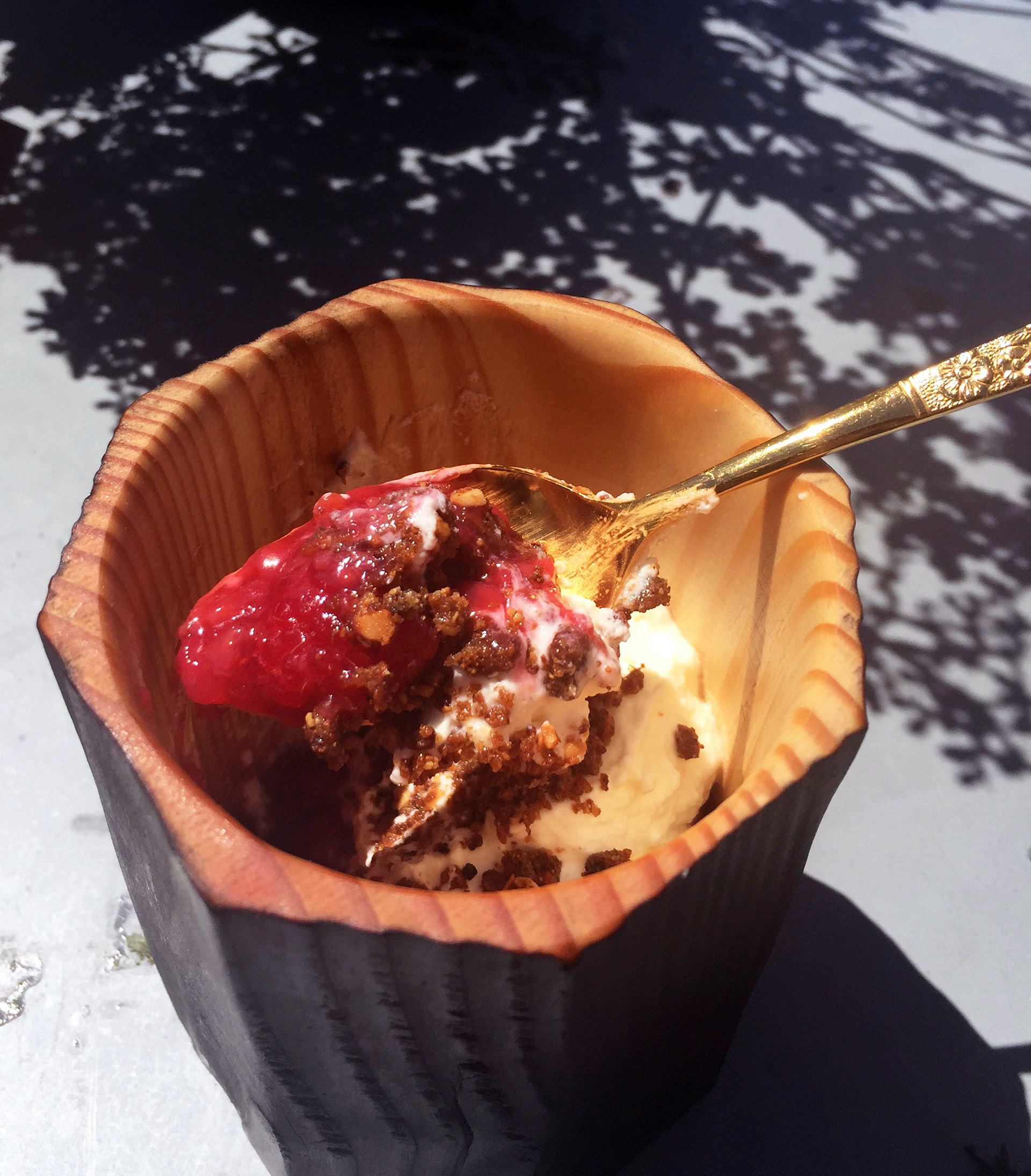Some people create art by applying oil paint to canvas. Kristen Rasmussen fashions edible artwork by applying pomegranate-cured carrots, shaved icicle radishes and foraged fennel flowers to a canvas of dense rye bread. At her recent pair of Berkeley pop-ups, Rasmussen served two of her sandwich creations. These are clearly not your ho-hum ham and swiss or PB&J; but rather a west-coast riff on smørrebrød, the traditional Danish lunch, whose popularity is spreading like the thick smear of creamy butter that’s a necessary element in each artistic assemblage.
Along with sleek modern chairs, Havarti cheese and the cozy concept of hygge, smørrebrød is one of Denmark’s gifts to the world. In the 19th century, when Danish factory workers couldn’t return home for their midday meal, they packed a practical lunch of open-faced buttered bread topped with leftovers of cold meat or smoked fish. Gradually, these morphed into more elaborate creations, especially at Christmastime. Classic combinations might include pickled herring with a twist of lemon plus a mini-bouquet of fried parsley or chicken salad layered with smoked potatoes and bacon, topped by a haystack of fried carrot shreds.
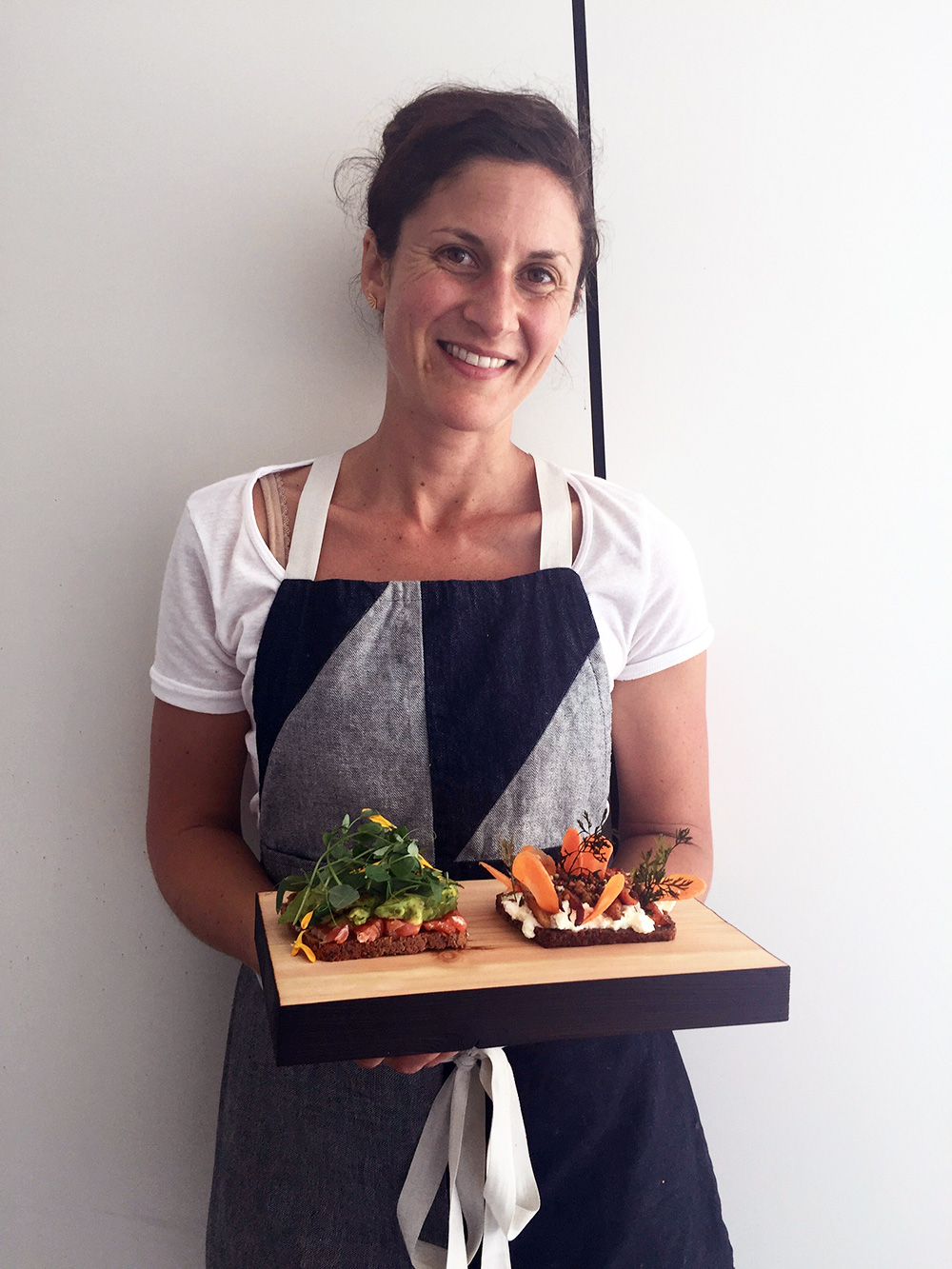
Although she can trace her last name and family roots back to Denmark, Rasmussen admits to “growing up very American in Humboldt County.” The only connection to her Nordic heritage was her grandmother’s homemade Danish butter cookies at Christmas. Four years ago, when she finally visited Denmark, Rasmussen says, “I fell in love with smørrebrød because it’s delicious, aesthetically pleasing, nurturing, and can be made gluten-free, vegan, decadent, and portable.”
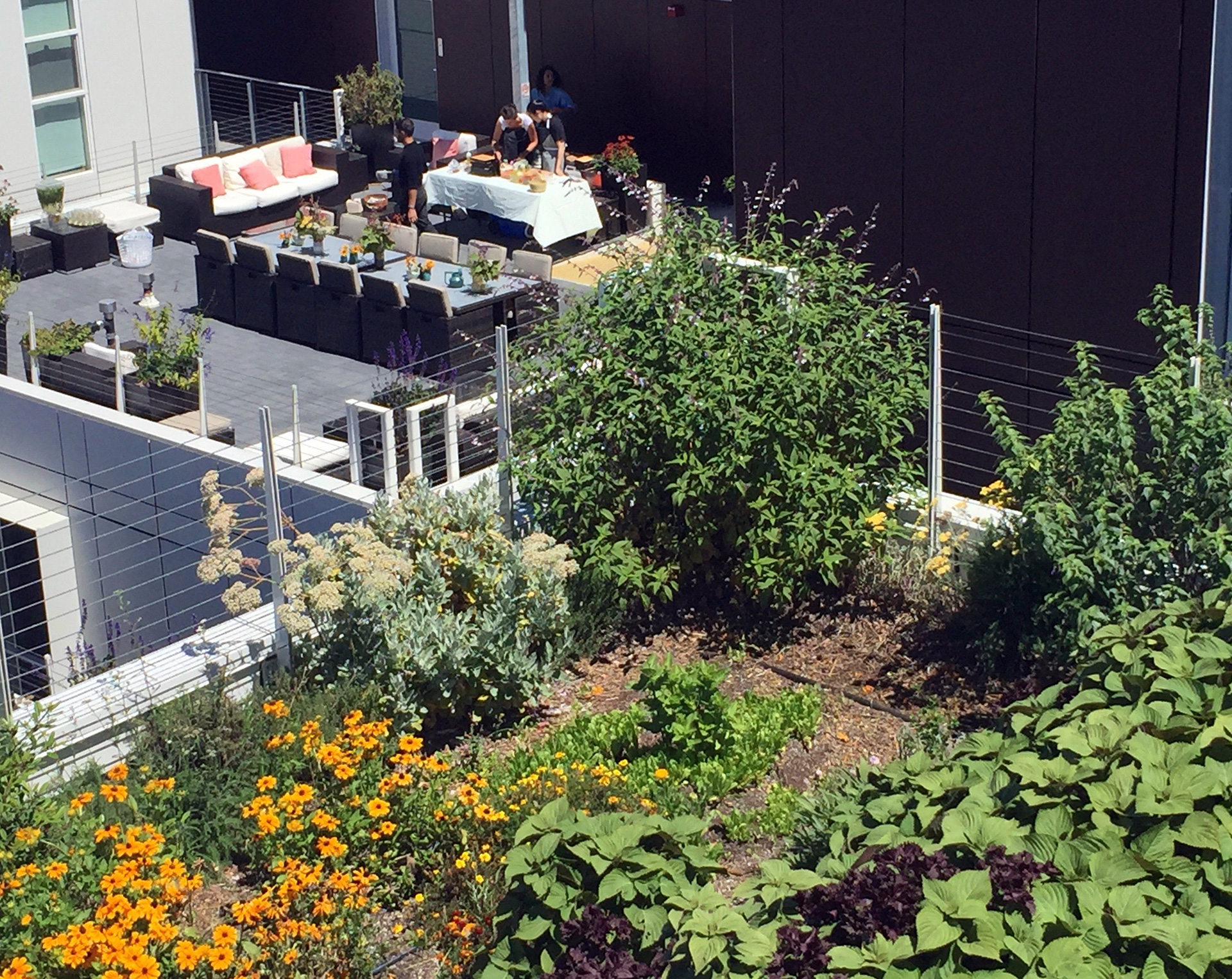
August's pop-up lunches could not have taken place in a more striking setting: on a Berkeley rooftop with a killer view, amidst Top Leaf Farms’ 16 lush garden plots, which practically erupt in edible vegetation. Rasmussen, a Registered Dietitian Nutritionist, has taught food science at UC Berkeley and the Culinary Institute of America and worked in restaurants. She consults on menu design, recipe development and sustainable sourcing. Since she is totally behind the hyper-local, bio-intensive growing techniques of Top Leaf Farms and often includes their micro-greens, herbs and roots in her menus, she decided to have her smørrebrød pop-ups a stone’s throw from the beds where many of her ingredients are grown.
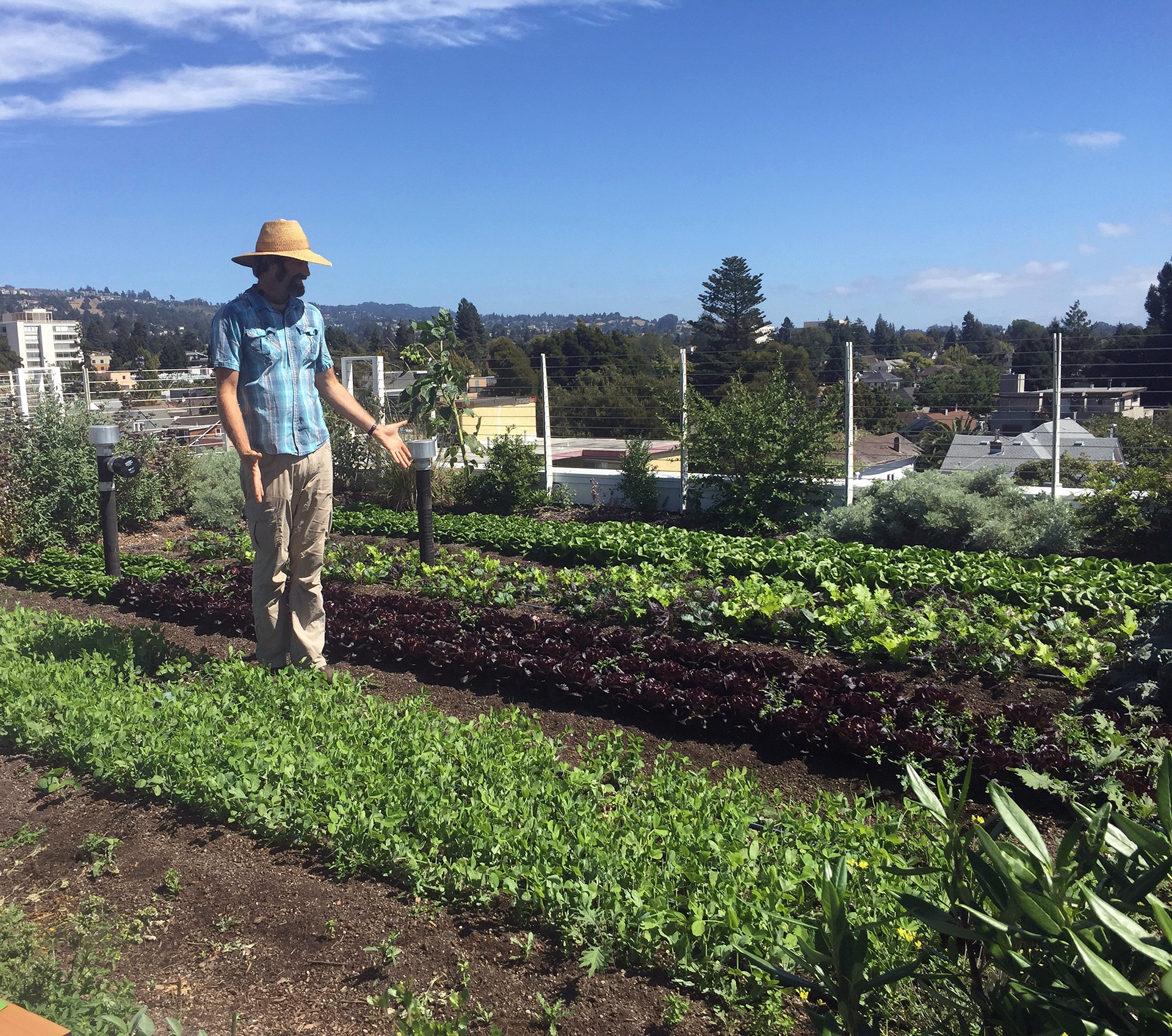
The fruits of foraging, another of her passions, also enlivened her smørrebrød and the famous Danish dessert (and infamous Danish tongue twister) Rødgrød med fløde. Spidery yellow fennel flowers festooned salmon sandwiches. She made a cordial from elder flowers she had collected in Tilden Park to flavor the whipped cream cupping the raspberries. (Here is her recipe for making elderflower cordial.)
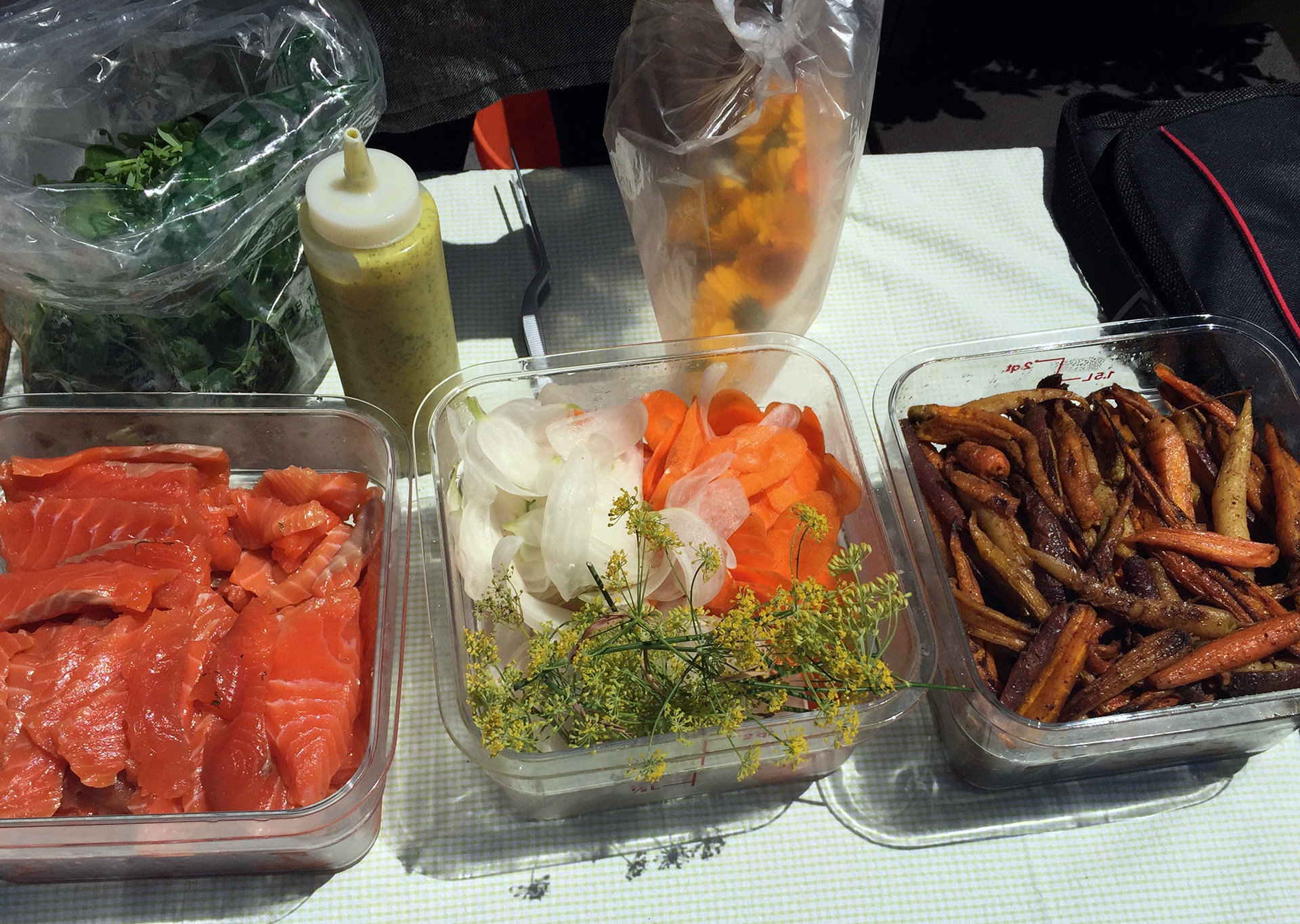
“I have always foraged things,” says Rasmussen. “Growing up in Humboldt County, I picked wild blackberries. When I lived in Arizona, I noticed large numbers of Seville orange trees that no one was harvesting. So I picked oranges, made marmalade and sold it. Then I got into dates and cactus. Foraging is a fun way to connect to season and environment, with edible flowers (such as borage, nasturtiums, and mustard flowers), roots, seeds and even pesto made from dandelion greens.” Rasmussen is involved with Wild and Feral Food Week (WFFW) and Berkeley Open Source Food.
